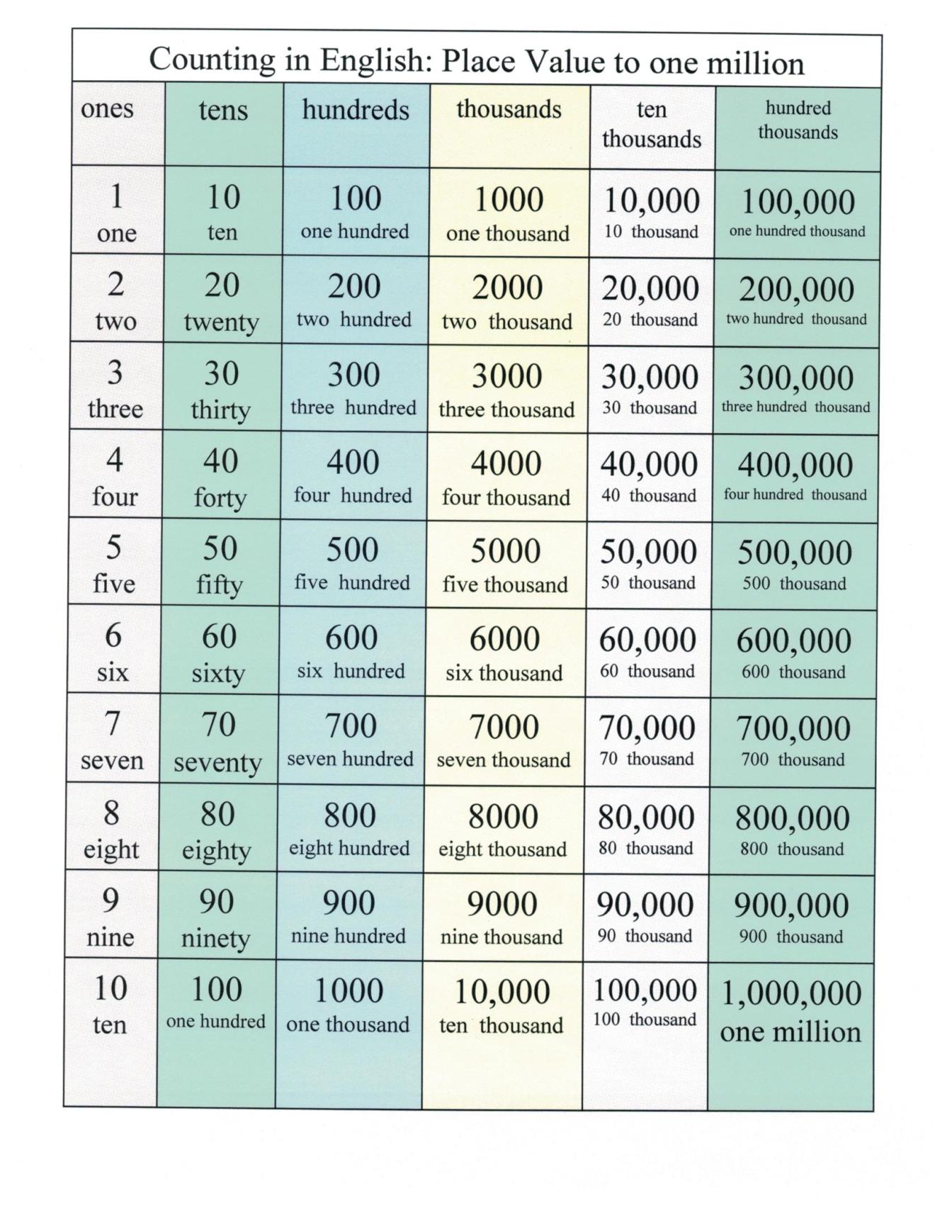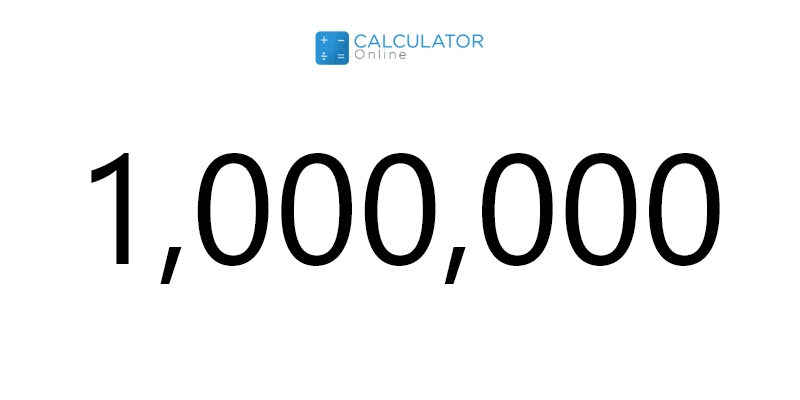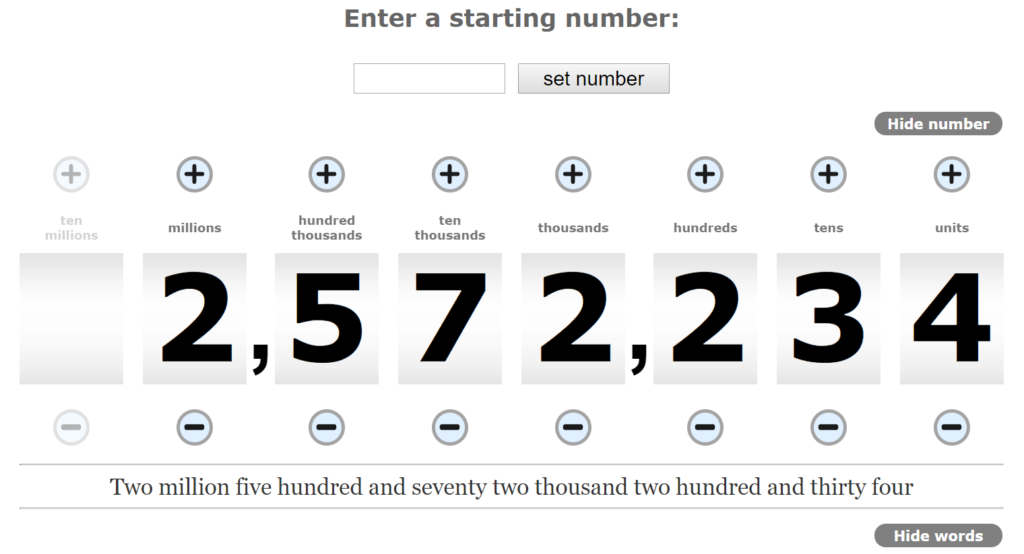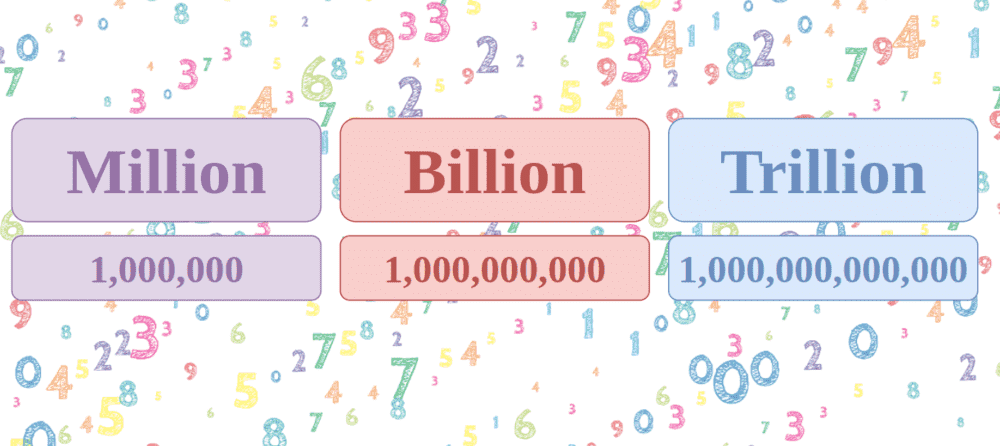Quarter Of A Million In Numbers

A staggering 250,000 – a quarter of a million – isn't just a number; it represents a multitude of realities shaping our world. From lives impacted by devastating events to economic milestones and scientific breakthroughs, this seemingly simple figure carries immense weight. Understanding its context is crucial to grasping the scale of challenges and opportunities we face.
This article delves into the significance of 250,000 across various domains, exploring its implications for global health, economics, environmental conservation, and technological advancements. The goal is to unpack the tangible meaning behind this large number, drawing upon credible sources and data to provide a clear and comprehensive perspective. By examining real-world examples, we aim to illustrate how 250,000 serves as a benchmark, a warning, and a call to action across diverse fields.
Global Health and Humanitarian Crises
The number 250,000 often surfaces in the context of global health crises, representing the approximate number of lives affected by disease outbreaks, natural disasters, or humanitarian emergencies. Consider, for instance, the devastating earthquake in a densely populated region. Reaching 250,000 affected individuals with aid and medical assistance poses a monumental logistical challenge.
Data from the World Health Organization (WHO) frequently utilizes figures in this range when reporting on disease prevalence or mortality rates. A report on malaria, for example, might state that approximately 250,000 children under the age of five die annually from the disease in Sub-Saharan Africa. These statistics underscore the urgent need for preventative measures and improved healthcare access.
"Every number represents a life, a family, and a community impacted," emphasizes Dr. Emilia Rodriguez, a senior health advisor at the Red Cross. "We must remember the human cost behind these large figures and strive to provide aid and support to those in need."
Economic Indicators and Market Trends
In the economic sphere, 250,000 can represent a significant milestone or indicator of market performance. It could refer to the number of jobs created in a specific sector, the number of houses sold in a given quarter, or the amount of investment flowing into a particular industry. These figures are carefully analyzed by economists and investors to gauge economic health and predict future trends.
For instance, a report from the Bureau of Labor Statistics (BLS) might announce the creation of 250,000 new jobs in the tech sector over the past year. This figure would signal strong growth in that industry and potentially attract further investment. Conversely, a decline of 250,000 jobs would raise concerns about economic slowdown and potentially lead to policy adjustments.
Furthermore, 250,000 often plays a role in financial markets. A trading volume of 250,000 shares of a particular stock, or a fund managing $250,000 in assets, can be a benchmark for assessing liquidity and market interest. These figures provide valuable insights into investor sentiment and market dynamics.
Environmental Conservation and Climate Change
The number 250,000 also carries weight in the context of environmental conservation and climate change. It could represent the number of acres of rainforest destroyed annually, the number of tons of carbon emissions released into the atmosphere, or the number of species facing extinction due to habitat loss. These figures serve as stark reminders of the environmental challenges we face.
The Intergovernmental Panel on Climate Change (IPCC) frequently uses statistics in this range to illustrate the impact of climate change on ecosystems and human populations. A report might indicate that 250,000 people are displaced annually due to climate-related disasters, or that 250,000 hectares of forest are lost to deforestation each year.
These figures underscore the urgent need for sustainable practices and policies aimed at mitigating climate change and protecting biodiversity. Conservation efforts, such as reforestation projects and the establishment of protected areas, often target figures in this range, aiming to restore habitats and preserve endangered species.
The Case of Bee Populations
One particularly poignant example is the declining bee population. Some reports estimate that certain regions have seen a decline of over 250,000 bee colonies. Given the crucial role bees play in pollination, this decline has significant implications for food security and ecosystem health.
Technological Advancements and Innovation
In the realm of technology, 250,000 can represent the number of transistors on a microchip, the number of users of a new software application, or the number of downloads of a popular mobile game. These figures are indicative of technological progress and the rapid adoption of new innovations.
For example, a tech company might announce that its latest microchip contains 250,000 more transistors than its predecessor, leading to improved performance and energy efficiency. This advancement could have significant implications for various industries, from computing to telecommunications.
The number of users or downloads of a new app or game is a crucial metric for assessing its popularity and potential for future growth. Reaching 250,000 users within a short timeframe would be considered a significant achievement, signaling a successful product launch and strong market demand.
"Data is the new oil," states tech analyst Sarah Chen, "and numbers like 250,000 are the barrels that fuel innovation and drive progress in the digital age."
Looking Ahead: Understanding the Magnitude
The examples above demonstrate the multifaceted significance of 250,000 across various domains. It is a number that reflects both the scale of challenges and the potential for progress in our world. By understanding the context behind these figures, we can better grasp the complexities of the issues we face and make informed decisions about the future.
Moving forward, it is crucial to continue collecting and analyzing data, ensuring that we have accurate information to guide policy decisions and drive positive change. Furthermore, we must remember the human element behind these large numbers, striving to address the needs of individuals and communities affected by global challenges.
Ultimately, the significance of 250,000 lies not just in the number itself, but in the stories it tells and the actions it inspires. It is a call to understand, to act, and to strive for a better future for all.


















